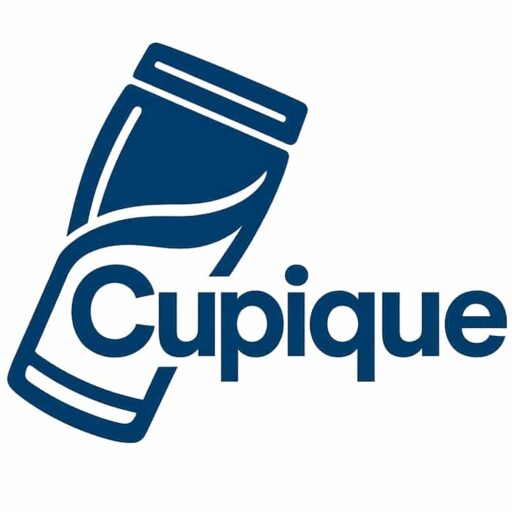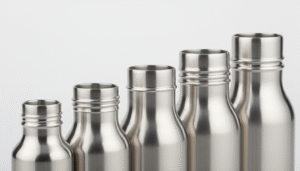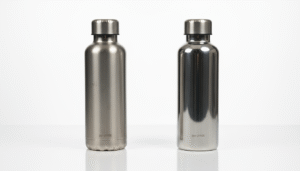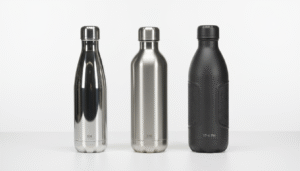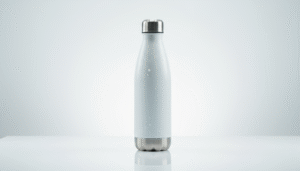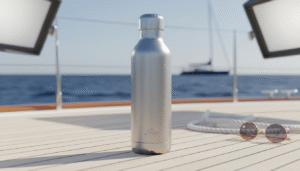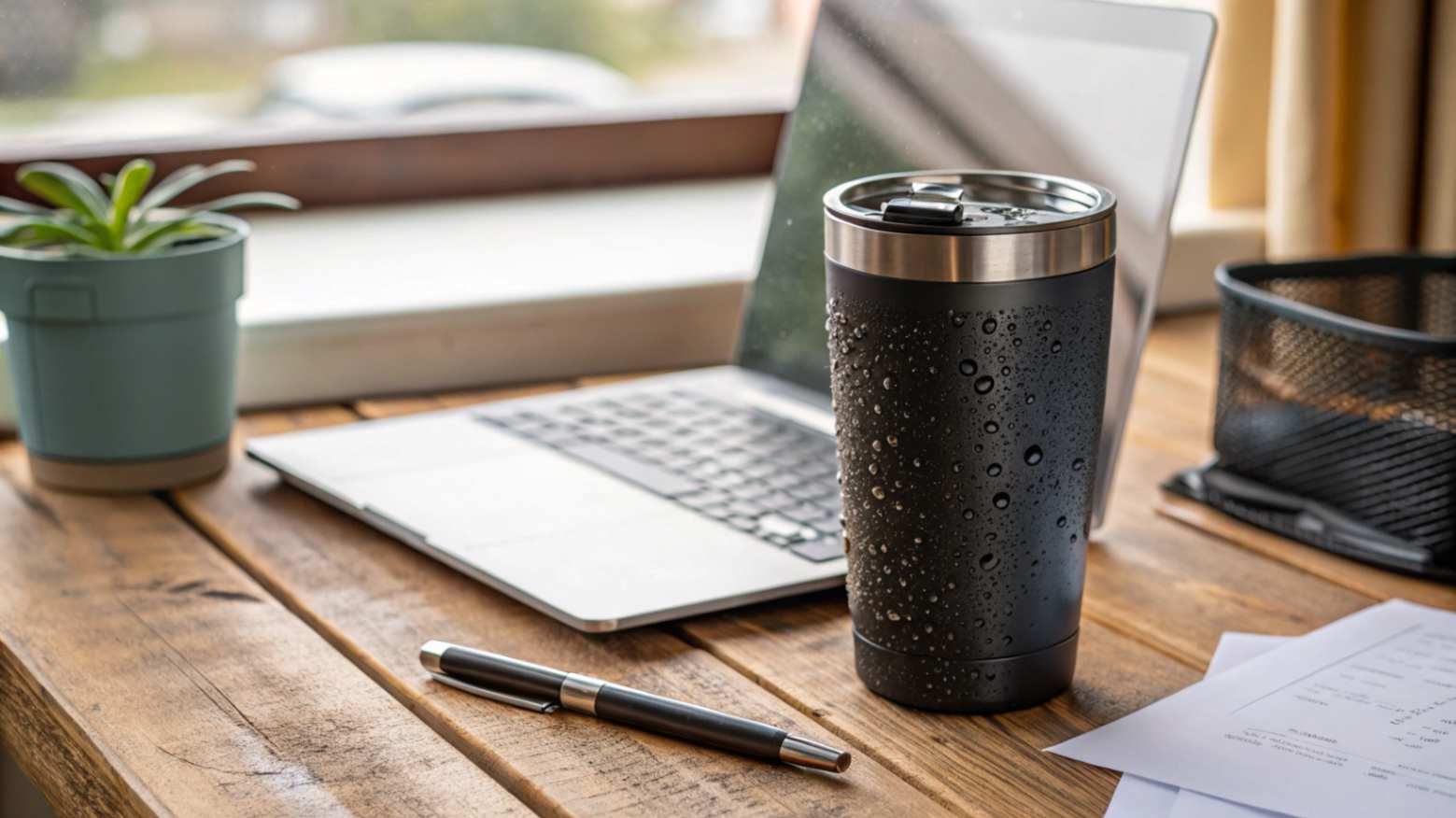
The key to selecting the perfect insulated cup lies in matching specific technical features to your intended use case. Office cups need leak-proof one-hand operation, outdoor bottles require modular lid systems, and children's cups demand easy-clean designs with safety certifications.
After manufacturing over millions insulated cups at Cupique, I have seen countless buyers make the same mistakes. They focus on capacity and color while ignoring the technical details that determine real-world performance. The right cup transforms your daily experience, while the wrong one becomes an expensive disappointment.
Insulated cups have technical features suited for specific use casesTrue
The passage states that different scenarios demand specific features for insulated cups.
All insulated cups have the same universal featuresFalse
The passage contradicts this, stating that different use cases require different technical features in insulated cups.
Scenario 1: Office & Commuting - Balancing Aesthetics and Functionality
Your office cup sits on your desk for hours and travels in your car daily. Most people underestimate how these simple requirements create complex engineering challenges.
Office cups need one-hand leak-proof operation, slim profiles under 75mm diameter for cup holders, and sophisticated finishes that function as desk accessories while maintaining professional aesthetics.
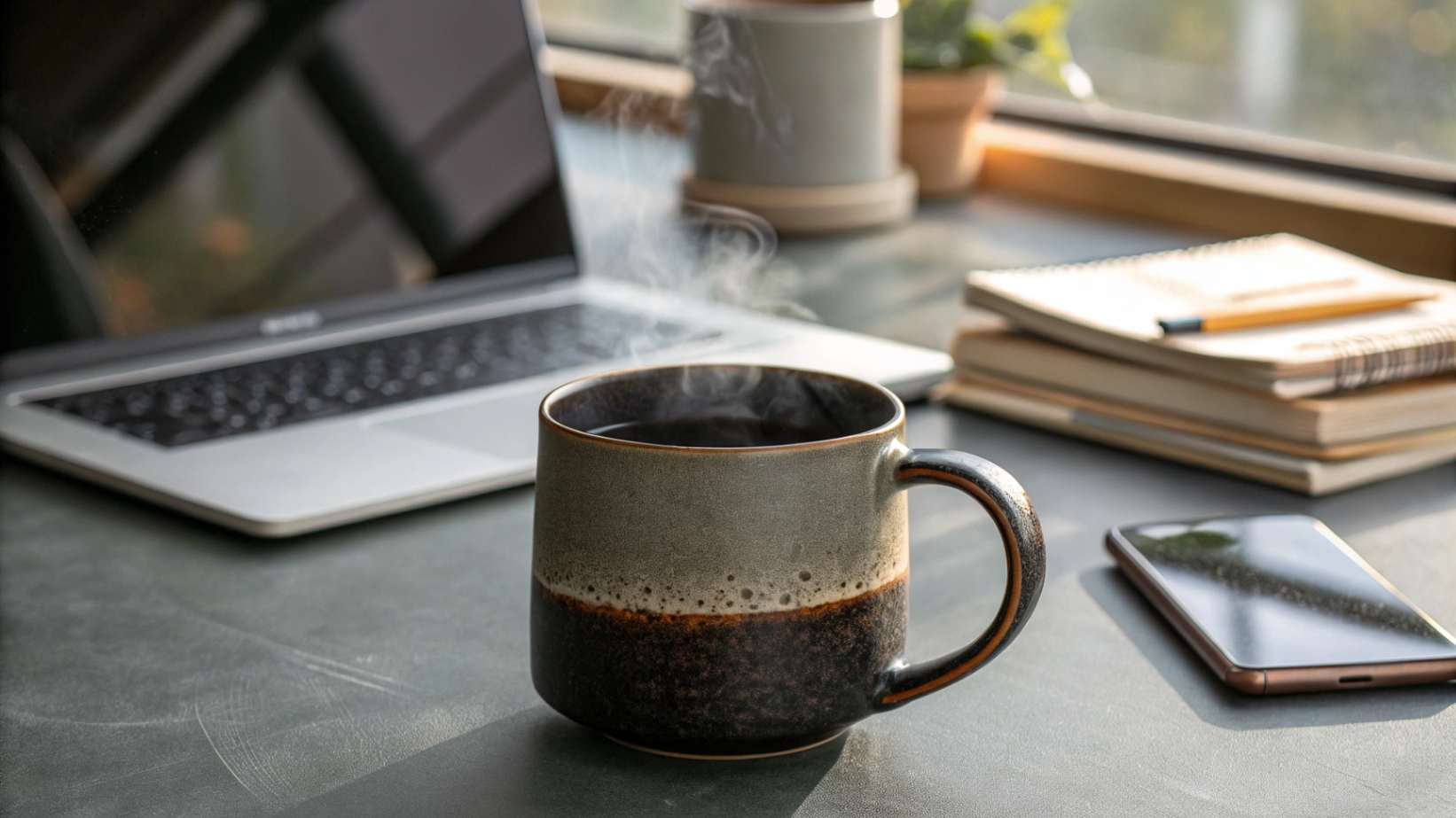
The Critical "Desk-to-Car" Engineering Challenge
The transition from desk to car reveals the most important feature that buyers often ignore. One-hand operation is not just convenience - it is safety. I have tested hundreds of lid mechanisms, and the market has moved far beyond simple screw-tops.
Spring-loaded "one-click" lids represent the current standard, but the real challenge lies in seal durability. Most suppliers claim "leak-proof" without providing life-cycle data. At Cupique, we test our lid mechanisms through open-close cycles before approval. This testing reveals which designs maintain their seal integrity over months of daily use.
Professional Aesthetics Drive Purchase Decisions
In office environments, your water bottle functions as a desk accessory and personal statement. Basic colors no longer meet market expectations. The focus has shifted to advanced finishes that command higher retail margins.
| Finish Type | Durability Rating | Market Appeal | Cost Factor |
|---|---|---|---|
| Basic Powder Coating | Good | Low | 1x |
| Gradient Spray | Very Good | High | 1.5x |
| Textured Finish (Wood/Marble) | Excellent | Very High | 2x |
| Matte Rubberized | Good | Medium | 1.3x |
Powder coating serves as the baseline for durability, but emerging options like gradient sprays and textured finishes create higher perceived value. Matte rubberized coatings offer superior grip and premium feel.
Compatibility Requirements Often Overlooked
Slim base diameter under 75mm is non-negotiable for standard car cup holders and backpack pockets. Many buyers provide general size requirements without specifying precise diameter measurements to suppliers.
Height compatibility with single-serve coffee machines like Keurig or Nespresso represents a subtle but critical feature. Office users frequently position their cups under these machines for direct brewing.
Office cups need one-handed, leak-proof operation and slim profilesTrue
The paragraph states that office cups require one-hand leak-proof operation and slim profiles under 75mm diameter.
Office cups only need basic functionality, not sophisticated finishesFalse
The paragraph indicates that office cups require sophisticated finishes that function as desk accessories while maintaining professional aesthetics.
Scenario 2: Outdoor & Fitness - Prioritizing Durability and Portability
Outdoor activities subject your bottle to impacts, temperature extremes, and rough handling. Standard office designs fail catastrophically in these conditions.
Outdoor bottles require integrated over-molded handles, modular lid systems for different activities, lightweight construction under 350g for 750ml capacity, and 316 stainless steel for marine environments.
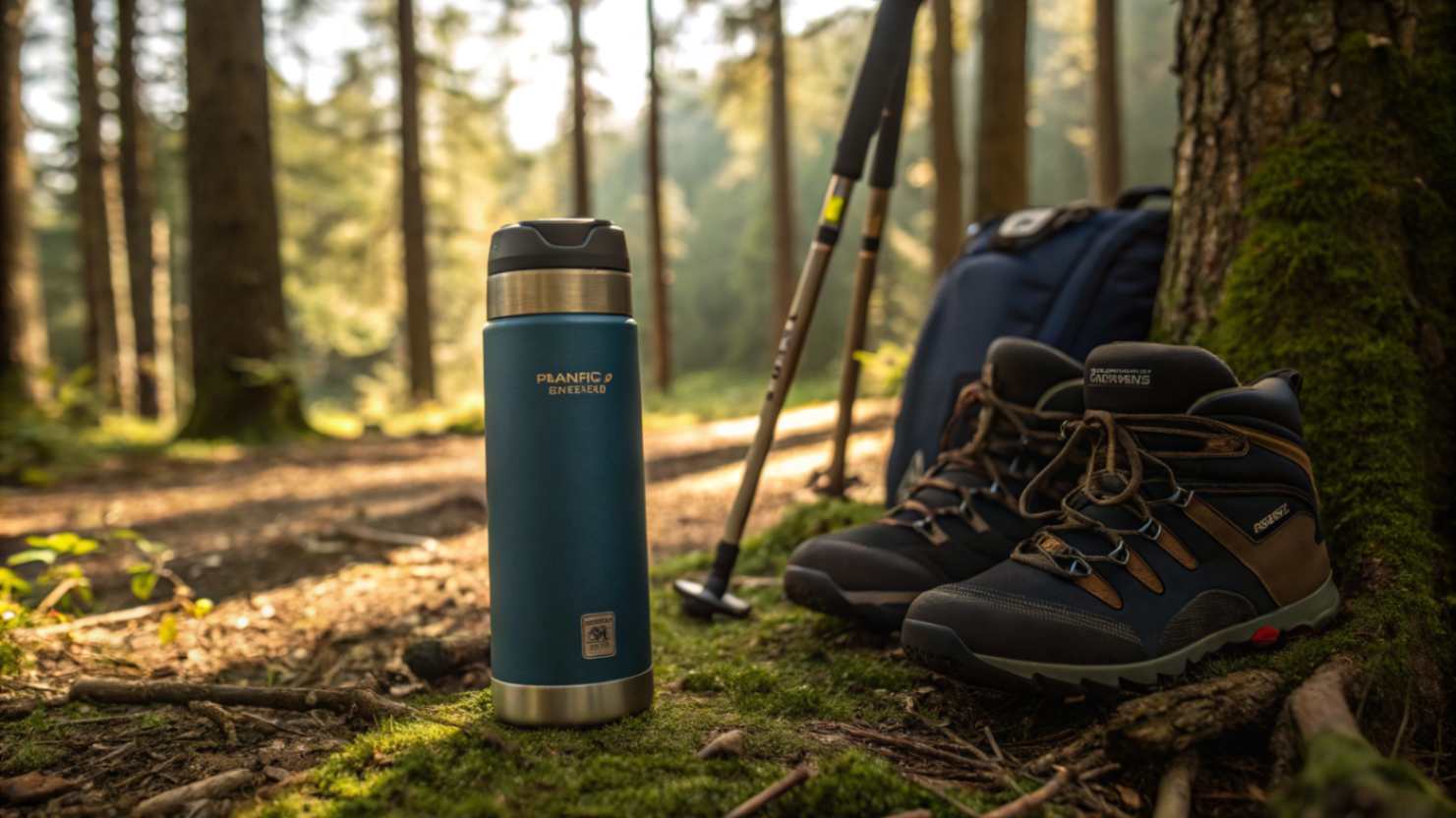
Failure Points Beyond the Steel Body
While stainless steel bodies resist damage, the primary failure point in outdoor scenarios occurs at the lid and handle connection. Separate screwed-on plastic handles break under stress, leaving users with unusable bottles.
Integrated over-molded handles distribute stress across the entire lid assembly. This design approach eliminates the weak connection points that cause field failures. For the bottle body, thick powder coat finish specified in mils or microns provides essential scratch and impact resistance.
Protective silicone "boots" offer high-value, low-cost upsell opportunities. These accessories absorb impact energy and provide enhanced grip during gloved use.
Advanced Manufacturing for Weight Reduction
Every gram matters for hiking and climbing applications. Flow-forming and spinning techniques produce lighter bottles with thinner walls while maintaining structural integrity and insulation performance.
| Manufacturing Method | Wall Thickness | Weight (750ml) | Insulation Performance |
|---|---|---|---|
| Standard Forming | 1.2mm | 450g | 12 hours |
| Flow-Forming | 0.8mm | 350g | 10 hours |
| Advanced Spinning | 0.6mm | 320g | 8 hours |
Weight-to-volume ratios reveal manufacturing quality. A 750ml bottle weighing under 350g indicates advanced production techniques and premium materials.
Modular Lid Systems Expand Market Reach
Successful outdoor brands offer single bottle bodies compatible with multiple lid types. This approach allows straw lids for easy sipping during activity, "chug" spout lids for high-flow hydration, and fully-sealed loop caps for transport.
Modular systems enable wider SKU ranges with lower inventory risk. B2B buyers can offer specialized solutions without maintaining separate bottle inventory for each use case.
Outdoor bottles need durable and portable designsTrue
Outdoor activities subject bottles to impacts, temperature extremes, and rough handling, requiring specialized features.
Outdoor bottles should be made of plastic for lightweight constructionFalse
The passage states outdoor bottles should use 316 stainless steel, not plastic, for lightweight and durable construction.
Scenario 3: The Children's Market - Where Safety and Usability are Paramount
Children's bottles represent the highest-risk category with complex compliance requirements. Safety failures lead to recalls and legal liability that can destroy businesses.
Children's bottles require CPSIA compliance for all components, designs optimized for small hands and developing motor skills, wide-mouth easy-clean construction, and food-grade silicone mouthpieces with specified durometer ratings.

Compliance Complexity Beyond Basic Food Safety
Standard food-grade certifications like FDA and LFGB represent minimum requirements. CPSIA compliance in the US demands strict limits on lead and phthalates in all accessible components, including surface coatings and plastic lids.
Buyers must demand and independently verify current test reports for every production batch. Single compliance failures trigger catastrophic recalls and legal exposure. At Cupique, we maintain dedicated QC protocols for children's products that exceed standard requirements.
Design for Developing Motor Skills
Successful children's bottles require specific engineering considerations beyond simple size reduction. Key design elements include indented grip areas for secure handling, low activation force for pop-up straw mechanisms, and stable wide bases that resist tipping.
| Design Feature | Adult Standard | Children's Requirement | Impact |
|---|---|---|---|
| Grip Diameter | 65-75mm | 45-55mm | Secure Hold |
| Button Force | 8-12 lbs | 3-5 lbs | Easy Operation |
| Base Width | 70mm | 85mm | Tip Resistance |
| Total Weight (filled) | 600g | 400g max | Safe Handling |
Weight when filled must allow comfortable handling by children aged 3-8 years. This requirement drives material selection and capacity optimization.
Easy-Clean Design Solves Parent Pain Points
Mold growth in hard-to-reach areas represents parents' biggest complaint about children's bottles. Wide mouths and simple, fully disassemblable lids with fewer than four total parts provide superior cleaning access.
Complex internal valves and permanently attached straws create cleaning challenges that lead to hygiene problems. Simple designs with removable components allow thorough cleaning and sanitization.
Food-grade silicone mouthpieces offer optimal safety and comfort. Specific durometer ratings ensure appropriate softness for children's developing palates while maintaining durability for repeated use.
Children's bottles require complex safety complianceTrue
Children's bottles must meet CPSIA standards for all components and features.
Children's bottles do not need to be easy to cleanFalse
Wide-mouth easy-clean construction is a key requirement for children's bottles.
Conclusion
Matching technical features to specific use scenarios transforms insulated cup selection from guesswork into strategic decision-making that ensures satisfaction and performance.
